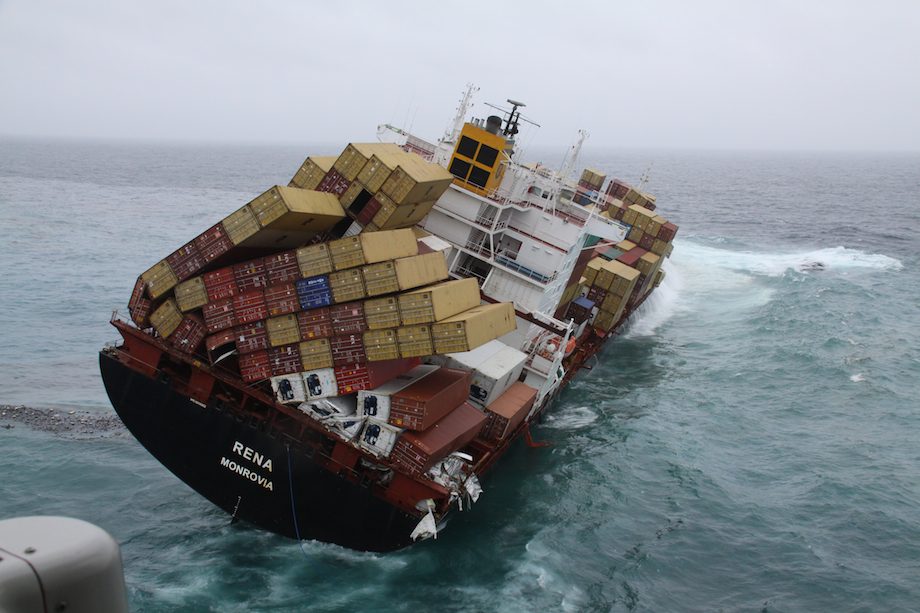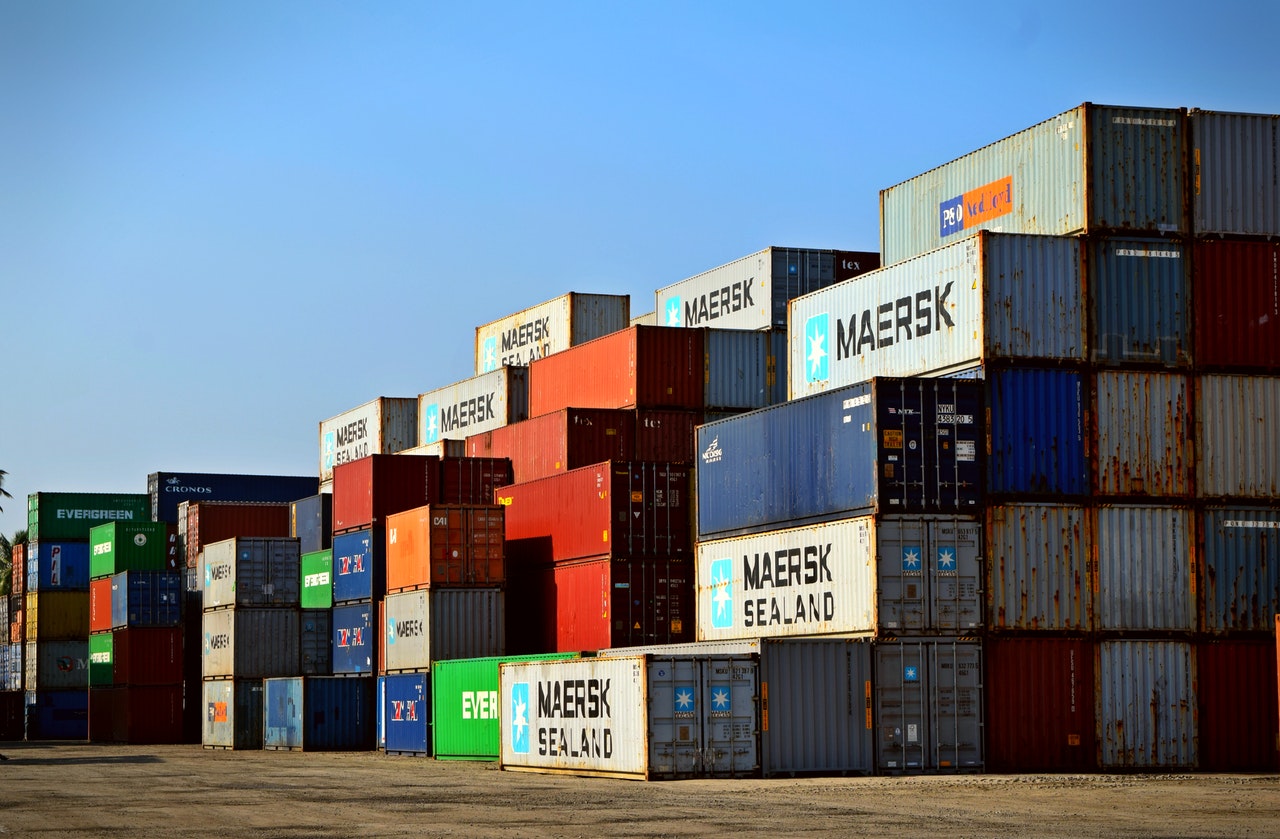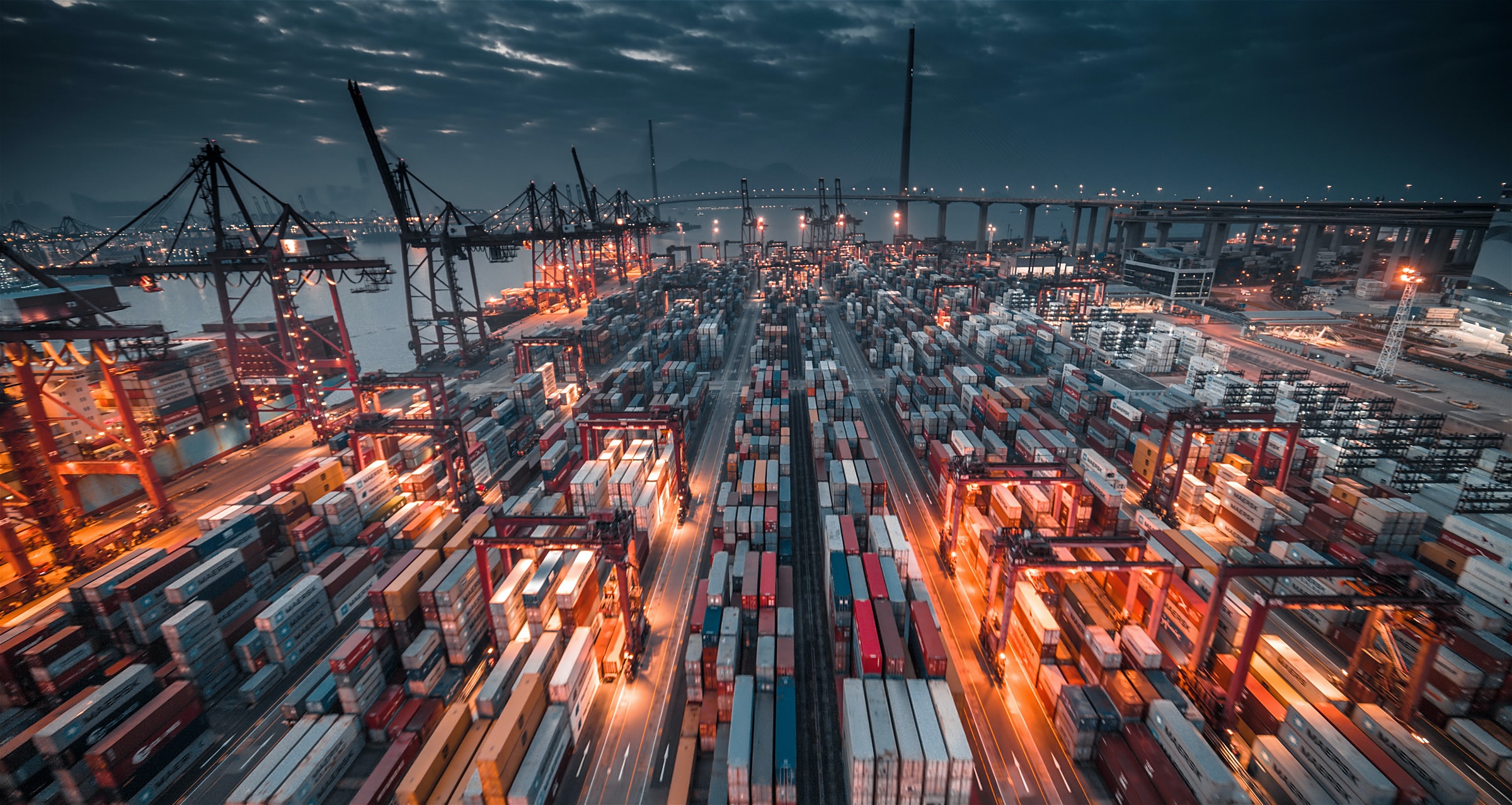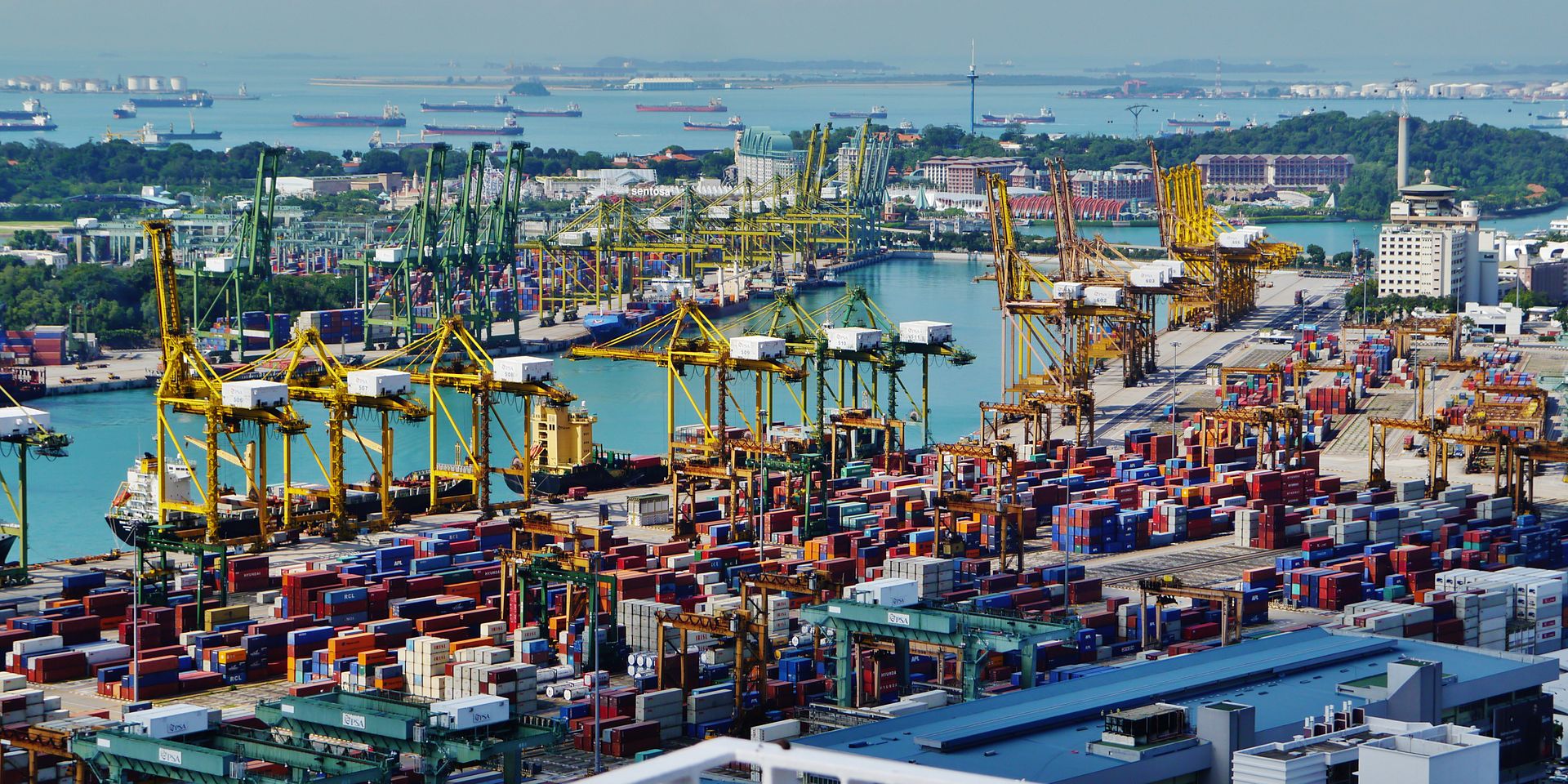The Fragility of Freight

By Julien Oeuillet
Staff Writer
30/3/2022

Picture Credit: Maritime New Zealand
When I tell people about my lifelong interest in sea freight, they look at me like I’m the boringest person in the world. But sea freight is of capital importance. Most of what you own was probably brought to you by a container ship. Because of this, the ongoing maritime supply chain crisis should concern everyone.
This crisis was triggered by COVID. The pandemic and its concomitant lockdowns caused demand for goods to collapse, which reduced the need for freight. In the second half of 2020, traffic of container ships decreased by between 5.62 and 13.77%. However, demand then rebounded unexpectedly: a rebound attributed to consumers falling back on online purchases as a way to cope with restrictions on their movements. Unable to go anywhere, many people also ended up saving a lot of money, which they then spent on consumer goods. Unprepared for these variations in demand, the shipping industry scrambled to get its vessels and containers at the right places at the right times. In July 2021, Grace Kay noted in Business Insider that there were a record 33 ships anchored off the coast of California waiting for a free spot in a harbor to unload (in normal times, having even one ship waiting is considered wasteful). This becomes worse when containers themselves are in short supply because they are either sitting on waiting vessels or at docks: in December 2021, Martin Farrer wrote in The Guardian that there was “a glut of containers in some ports in the US and Europe, but not enough in ports throughout Asia.”
China’s zero-COVID policy also had disastrous effects on freight. China is the world’s largest exporter of goods, and some of its harbors, like those in Ningbo and Shanghai, are among the biggest on the planet. In August 2021, the harbor of Ningbo was closed for two weeks after a single COVID case was detected, delaying the movement of hundreds of millions of dollars’ worth of goods. The Chinese government singled-out ports as the main points of entry of COVID into the country, making them targets for lockdowns. This month, Reuters reported that “the number of vessels awaiting docking in the outer anchorages of the Yangtze Estuary, Pearl River Delta, Zhoushan, and Qingdao port more than double the average of March 2021.”
The war in Ukraine has also aggravated the situation despite its remote location. To be sure, neither Ukraine nor Russia are central to the global economy, and the Black Sea cannot be compared to the East and South China Seas. Yet, when the world’s three biggest shipping companies suspended shipping to and from Russian ports, it sent ripples across the world. Moreover, cargo bound for many Ukrainian ports cannot safely reach their destinations. Marie-Béatrice Baudet, a reporter for French newspaper Le Monde, investigated the port of Constanta, in Romania, where Ukraine-bound containers now have to be unloaded. She witnessed the growing saturation of the harbor facilities as an additional 6-7,000 containers were diverted there each day, affecting the whole European logistical system.
But these two upheavals only aggravated a long-term problem. To understand how we ended up in this situation, we have to take a look at the actors involved and how they work.
To understand how we ended up in this situation, we have to take a look at the actors involved and how they work.
First, there are the shipping companies. They own the giant ships and the containers, and if you want anything transported by sea you will need to pay them. They will put your stuff in any of two kinds of containers which are known by their length in feet: 20 ft containers, and larger 40 ft containers. Because of this, traffic is measured in TEU, for twenty-foot equivalent unit. Today, there is approximately 25.5 million TEU at sea.
Of this, around 85% is controlled by the 10 biggest shipping companies in the world. Until last year, the biggest was Maersk Sealand, a Danish conglomerate. It was overtaken this year by MSC, which started as an Italian company, and has globalized to the point that it is now headquartered in Switzerland – ironically, a landlocked country. In fact, in the past decade, the shipping industry has seen mergers and alliances that birthed monstrous organizations controlling large shares of the traffic: MSC and Maersk have created the 2M alliance, controlling 34% of all TEU. Three other shipping companies in the top 10 – France’s CMA-CGM, China’s COSCO, and Taiwan’s Evergreen – have united to form the Ocean Alliance, which comprises 30% of global TEU.

Then there are the port operators. These are sometimes the same as the shipping lines: among the 10 largest port operators are, once more, COSCO and Evergreen. But in general, ports are run by companies that are not active in shipping and specialize solely in managing harbors. The largest are Singapore’s PSA International, Hong Kong’s Hutchinson (the historic leader), and Dubai’s DP World (the rising star of the last decade). Other large port operators include the German Eurogate and the Dutch AP Moeller. Notably, none of these shipping companies or port operators are American: the United States has absolutely no weight in the global shipping industry. All the top 10 shipping and port companies are European, Middle Eastern, and above all, East Asian.

Port in Hong Kong
This is what makes East Asia so important. Not only are so many of the global shipping industry’s major actors East Asian, around 60% of global maritime trade passes through Southeast Asian waters. A large part of the ongoing tensions in the South China Sea are due to concerns about freedom of navigation there. Furthermore, China and its regional competitors like Vietnam are production hubs, and so it is not surprising that traffic is concentrated in the region.
Not only are so many of the global shipping industry’s major actors East Asian, around 60% of global maritime trade passes through Southeast Asian waters.
Obviously, though, these actors are not up to the task. The disruption in supply chains is caused by its extreme fragility due to shipping companies’ and port operators’ obsession with efficiency, which leaves no room for spare capacity. “Before the pandemic struck,” wrote Farrer, “the shipping industry had driven down the cost of transporting goods and had perfected the celebrated ‘just-in-time’ system whereby commodities and spare parts were moved seamlessly around the globe and delivered exactly when and where they were needed. This reduced corporate costs dramatically, for example by reducing or completely eradicating the need for on-site warehousing.” Reacting to the current crisis, Robert Swinney, Associate Professor at Duke University’s Fuqua School of Business, wrote that “things like factories, ports, and trucking capacity are expensive, so they’re designed to run at high utilization. That means they don’t have a lot of excess capacity.” The whole system is finessed to the point of extreme efficiency but also fragility: the world of freight is like a fine-tuned watch that breaks easily. Writing for Bloomberg, Kevin Varley attributed shipping delays in Singapore to the same tendency: “Like all major container hubs, Singapore relies on a delicate logistical ecosystem, where a storm or a COVID-19 outbreak in another port, transit way, or transportation sector can ripple widely.”

Port in Singapore (Picture Credit: Zairon)
The solution to this would be for shipping companies and port operators to invest in excess capacity and allow more room for error in scheduling. In an article in Harvard Business Review, Willy C. Shih, a professor at Harvard Business School, advised managers of companies to build up bigger inventories as buffers in case of crisis, something he admitted is anathema to many businesses: “It runs counter to the popular practice of just-in-time replenishment and lean inventories,” he wrote. “But the savings from those practices have to be weighed against all the costs of a disruption.” Likewise, Swinney counseled companies to “reevaluate their disruption-mitigation strategies and be prepared to invest more in resilience.”
The continued failure to do this puts the entire global economy at risk. COVID was a worldwide phenomenon that affected most industries, but few have held up as badly as shipping has. And this disruption to the global supply chain is inadvertent: neither the pandemic nor the war in Ukraine were deliberately orchestrated to disrupt freight. Malign actors could easily re-create such a disruption. All it takes is the short-term closure of a port to create massive disruptions worldwide. Considering the importance of East Asia in the global supply chain, it would be frightening to imagine someone weaponizing the vulnerability of the shipping industry.
This is why freight should be a major topic. When the pandemic hit, the level of preparedness of our societies was scrutinized and criticized, yet we tolerate something as vital as the global shipping industry constantly balancing on the edge of a ravine. We live in a world where the flow of virtually all goods is controlled by a few companies, massive, yet extremely vulnerable, efficient so long as nothing disrupts their carefully-calibrated schedules, in which case everything falls to pieces. It’s time we all started paying attention.
